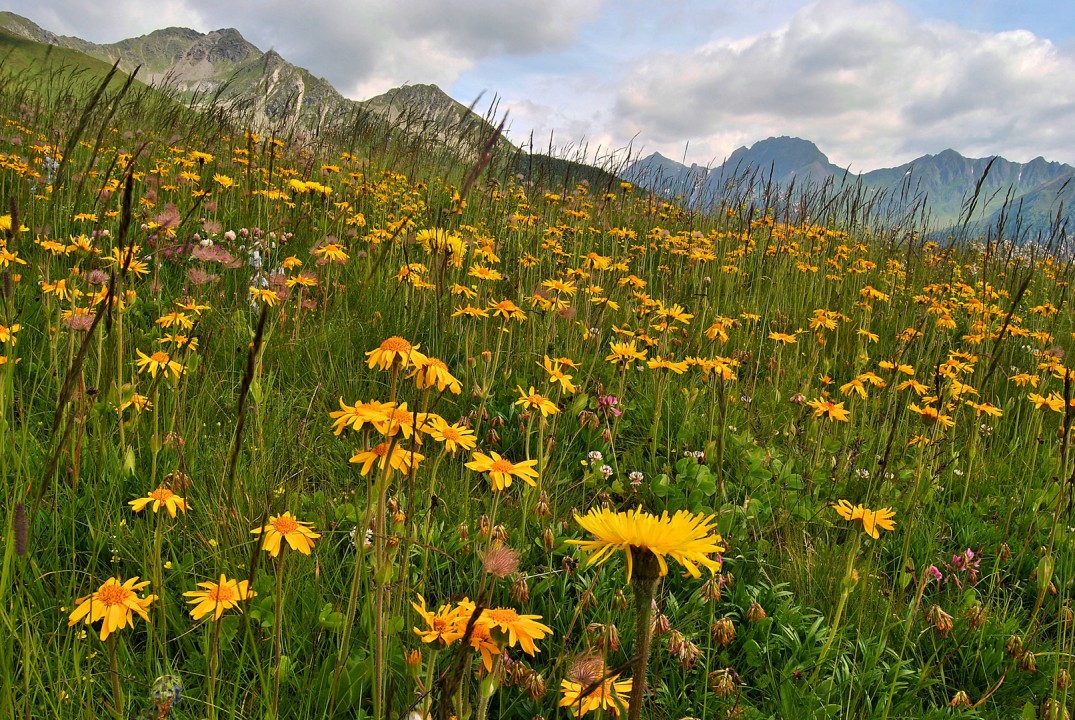
Arnica montana and Mexican arnica, how to recognize the two species?
Arnica is a medicinal plant belonging to the Asteraceae family widely used in the phytotherapy sector. Its many beneficial properties have been recognized and tested since ancient times.
Known for the treatment of joint and muscle inflammation, arnica is also suitable for trauma, stretching and insect bites and for these reasons, it is commonly used in the production of creams, gels and essential oils.
In the phytotherapy area, two species of arnica are mainly used, very similar to each other: the Arnica montana (Arnica montana L.) typical of the European mountainous areas and the Mexican arnica (Heterotheca inuloides Cass) widespread in the areas of Central America.
The anti-inflammatory properties of this plant have been recognized in both species, however, Arnica montana has stronger active ingredients than Mexican, as well as having a higher commercial value.
For this reason, being able to correctly select the raw material used in production becomes a fundamental aspect. In this way it will be possible to avoid economic losses and incorrect purchases but also to ensure the quality and effectiveness of a finished product, guaranteeing its expected effects and benefits.
How to distinguish the two species?
The two species of arnica are very similar to each other and being able to distinguish them is not so easy, even more after processing. In order to be able to recognize them exactly, it is necessary to refer to laboratory analyses.
DNA analysis proves to be a particularly useful tool in this area. Being two different species, the application of the DNA barcoding technique is suitable as it is possible to efficiently identify the genetic trait characterizing the species.
This segment of DNA is in fact highly discriminatory since it tends to repeat itself in a very similar way among all individuals belonging to the same species and, at the same time, to widely differentiate between different species.
DNA also has the ability to preserve itself in different physical conditions and can therefore be extracted either from fresh, dried or ground material.
This allows the two species of arnica to be identified, guaranteeing the quality and purity of the products placed on the market, increasing safety and preventing any frauds and errors.
